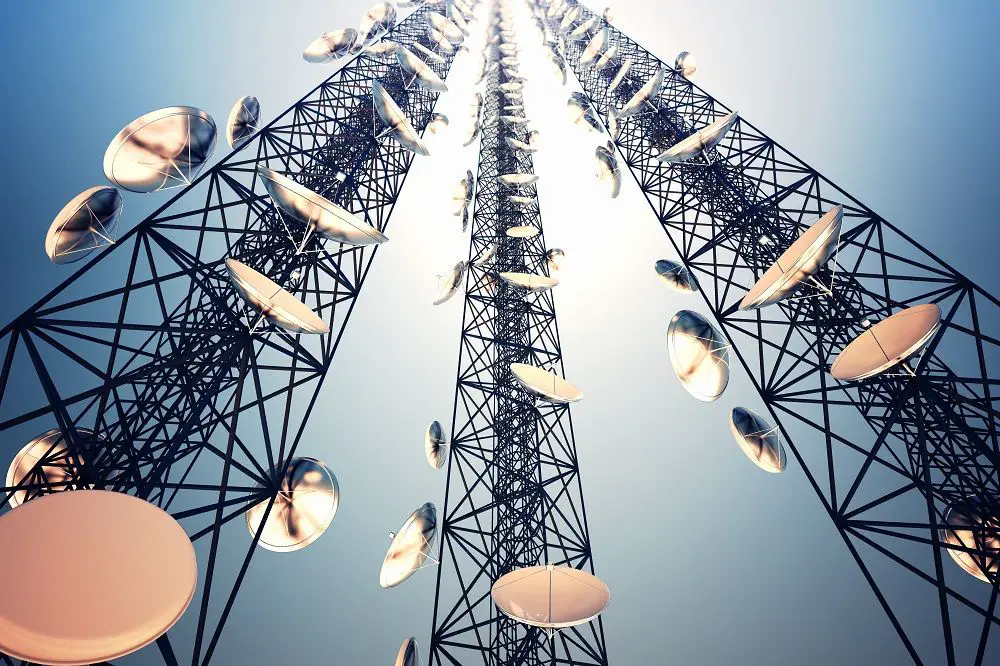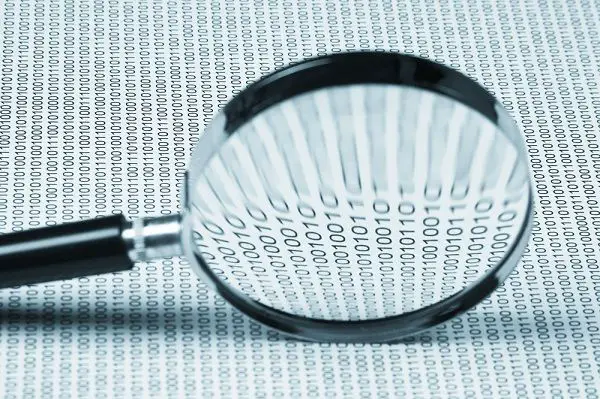
*As an Amazon Associate we may earn from qualifying purchases when you buy through links on our site.
Seems like everything’s digital these days, and television’s no exception. But just what does it mean when we say, “digital television (DTV)?”
After all, you still get the same kinds of programs you did in the analog days (i.e., pre-2009), and you can still pick up over the air (OTA) radio frequency waves with the same kind of antenna.
How Does DTV Work?
Let me explain by analogy.
In the analog days, both picture and audio traveled through the air along a continuously variable signal. The signal got weaker as it propagated farther from the transmission tower.
Finally, at the far reaches of the station’s range, an inferior picture would result. There might even have been fading or ghosting.
Today, the transmission consists of a string of bits that are either on or off. You can think of them as a stream of ones and zeroes. Like the ones and zeroes that make up a music file or get stored as a image.

The ATSC tuner in your TV (or in the converter box sitting near that set your great-aunt has in her parlor) knows how to take that data stream and display it.
It’s worth noting that it’s your television set and not your antenna that interprets a signal.
That’s why you don’t have to buy a different, “special” antenna to watch over-the-air DTV. The antennas that worked in the analog days still work today.
And, you’ll never have a faded or ghosted picture. If all the ones and zeroes get through, no matter how weakly, your tuner will display the original transmission exactly.
Here’s the downside: if not all of those ones and zeroes reach your set, the tuner can’t reassemble the picture, and you’ll see and hear nothing at all – you’ll get just a blank screen, otherwise known as the digital cliff.
Broadcast Frequency of DTV
DTV continues to be broadcast on the same frequencies as before. That’s VHF band channels 2 – 13 and UHF band channels 14 – 51.
NOTE: Due to the FCC channel repack, this is soon to be channels 14 – 36 after the reassignment of UHF channels 37 – 51 to 5G cell phone service.
More accurately, a DTV signal is transmitted via real channels, which today are mostly in the UHF band. What do I mean by a real channel?
As it turns out, the channel you see on your set is the virtual channel, and not the one the signal comes in on.
The VHF or UHF signal itself carries information that tells your tuner which virtual channel to display the program on.
If you’re curious to know which specific frequencies that DTV uses, they range from 54 megahertz (MHz) for Channel 2 up to 695 MHz at Channel 51. These are the same as they were in the pre-DTV days.
Incidentally, this real or “MHz channel” is not a single frequency but rather a narrow range of frequencies that the station can use.
For Channel 51, for example, it’s 692-698 MHz, otherwise known as the bandwidth. I’ll talk more about this in a minute.
What Are the Advantages of Digital TV over Analog TV?
Error Checking and Compression
As I mentioned earlier, the quality of the DTV signal doesn’t diminish with distance.
As long as your tuner can read all the ones and zeroes, it can deliver first-rate image and audio, as good as when it was first broadcast from the studio.
Because of error checking, DTV signals are less likely to be compromised by storms and other atmospheric conditions.
There won’t be disruptions with static, fuzzy pictures and other indications that the signal has been weakened.

Another advantage is that, due to special error compression technology a DTV signal requires less bandwidth.
Remember, when a TV station is assigned a channel, it’s actually allowed a narrow range of UHF and VHF frequencies rather than a single frequency.
DTV technology has developed to the point where it’s possible to squeeze up to seven subchannels into the bandwidth of a single real channel. Thus one real channel can carry up to seven virtual channels.
This allows your set to receive a greater choice of programs.
Aspect Ratio
Finally, the aspect ratio is different with DTV. In the analog days, the ratio was 4:3, which meant that for every four inches of width, the picture on your screen had 3 inches of height.
A “25-inch TV” was about 20 inches wide and 15 inches high.
With DTV, the ratio is 16:9, which is how most movies are best viewed, and how today’s TV sets are built.
With a pre-90s set, if you were watching a 16:9 movie that hadn’t been reformatted, there would be black bands along the top and bottom.
If you were to display an analog signal on a modern set however, you would see bands along the side.
